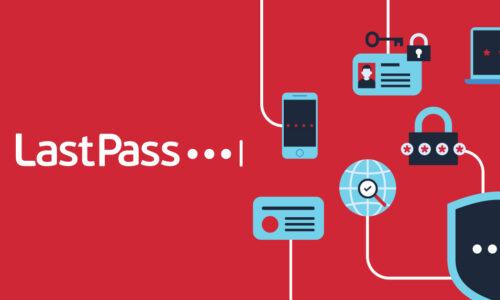In September, we celebrated IT Professionals Day with a webinar where we were joined by security experts Rachel Wilson, the Managing Director & Head of Cybersecurity for Morgan Stanley Wealth Management and Alex Cox, Director of Threat Intelligence, Mitigation and Escalation at LastPass.
We know that IT professionals play a vital role in protecting an organization’s data and systems from cyberattacks and work hard to support security initiatives. They work diligently to stay ahead of risks, remediate threats, and encourage user adoption around security tools, which is why we focused on talking about how to solve the top challenges facing modern IT professionals, like credential compromise.
Here’s some top takeaways from this conversation.
Why IT teams should about cybersecurity when implementing or building new solutions
Staying ahead in cybersecurity means empowering your teams - in IT and everywhere else - with tools and education. One key to future cybersecurity success is understanding what to deploy and how to deploy it effectively.
With that in mind, it’s important to remember that the internet wasn’t designed with security in mind. It was launched as a robust communication and connection mechanism. With more and more connections, security became more relevant, but it was still an afterthought, assembled from lots of parts. The most important thing for tech teams to think about now is security at the onset of any new deployment. For instance, if you’re rolling out a new CRM, are you thinking about secure access and users connecting from their own devices? If you’re building an app for users, are you thinking through not just how well it works across devices, but how you’re protecting the data being input by users? Every new deployment and product rollout should always have a security roadmap attached to it, even if it’s just that all users will authenticate with MFA when signing on.
What cyber actors are looking for when targeting businesses
The threat landscape of today is different from even a few years ago and it is evolving every day.. Bad attacks and cyber criminals are much more financially motivated. This means that anyone and everyone is a target, because every organization - even houses of worship, hospitals, non profits, and universities - have vulnerable financial information and other sensitive data that can be stolen and monetized.
As Rachel Wilson explained, any assets of any kind, money or data, are valuable to bad actors. If you have any data, information, networks, or infrastructure that you’d pay to protect or restore, criminals are likely interested.
Most cyber criminals are looking for vulnerabilities and weaponize them, and while some organizations might not think they have anything worth stealing, you might be a target simply because you’re more vulnerable. Bad actors might assume that smaller businesses, nonprofits, and other organizations don’t have the resources - either financial or personnel - to fully protect their data. Luckily, cybersecurity doesn’t have to be a labyrinth of locks. A solid policy management procedure and MFA authentication and verification process can significantly reduce credential theft and other risk at organization’s of any size.
What every cyber leader should be most concerned about
Traditional cybersecurity was always very perimeter focused: protect employees, data, resources. With SaaS apps and hybrid work, the perimeter has all but dissolved and the focus has shifted to extending protection beyond the data center and even beyond just business resources to helping protect clients and customers. Some of this comes from a desire for an organization to protect its reputation; if you put customers at risk, you’re likely risking losing customers. Another factor is that regulatory authorities have been raising the bar for security across industries. Overall, organizations need a plan for protecting their customers to stay compliant and to reduce reputational risk.
You can watch the whole webinar
here and find out more about how to empower IT teams and conquer your security goals.


